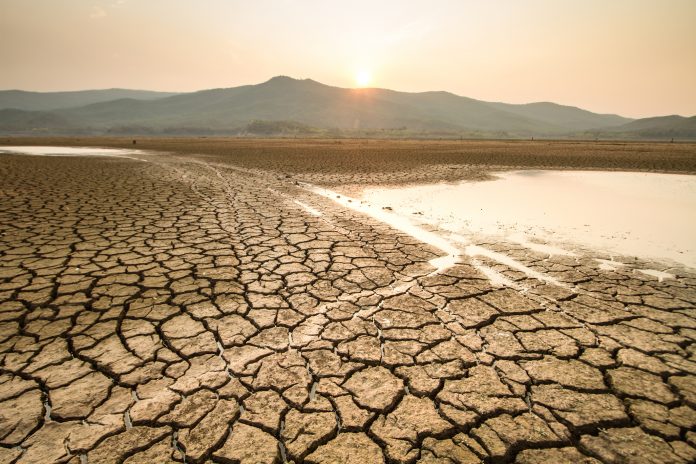Global warming is projected to intensify compound heat and drought hazards tenfold, as rising temperatures are projected around the world
After the record temperatures of 2022, experienced from London to Shanghai, excessive rising temperatures due to compound heat are projected around the world.
With the threat of compound heat affecting most of the world, other linked threats including drought and massive ecological breakdown place a significantly higher risk to society and ecosystems – more of a threat when either threat is considered independently.
With the potential to seriously aggravate socio-inequalities, the report, published in Nature Sustainability, highlights the global extent of compound heat increases under the highest emission pathway.
Severe socio-economic and ecological impacts
These joint threats may have severe socio-economic and ecological impacts which could aggravate socio-inequalities, as they are projected to have more severe impacts on poorer people and rural areas.
The combined effects of warming and decreases in terrestrial water storage
According to the paper by Dr Jiabo Yin, from Wuhan University and Oxford Professor Louise Slater, the researchers state: “The frequency of extreme compounding hazards is projected to intensify tenfold globally due to the combined effects of warming and decreases in terrestrial water storage, under the highest emission scenario.
“Over 90% of the world population and GDP is projected to be exposed to increasing compounding risks in the future climate, even under the lowest emission scenario.”
Limited water availability will hit the ability of carbon sinks
This research demonstrates the devastating impact of the compound threat on the natural world – and international economies. The researchers emphasise that limited water availability will hit the ability of ‘carbon sinks’ – natural biodiverse regions – to take in carbon emissions and emit oxygen.
Professor Slater said: “Understanding compounding hazards in a warming Earth is essential for the implementation of the UN Sustainable Development Goals (SDGs), in particular SDG13 which aims to combat climate change and its impacts. By combining atmospheric dynamics and hydrology, we explore the role of water and energy budgets in causing these extremes.”
Dr Yin added: “By using simulations from a large model…and a new machine-learning generated carbon budget dataset, we quantify the response of ecosystem productivity to heat and water stressors at the global scale.”











